Snakes are masters of stealth and patience, often remaining motionless for extended periods while hunting. This stillness hunting strategy makes them particularly difficult to detect in natural environments, creating potential dangers for unsuspecting hikers, gardeners, or anyone venturing into snake territory. Unlike many predators that actively chase their prey, numerous snake species rely on ambush tactics, becoming virtually invisible through perfect stillness and exceptional camouflage. Learning to identify the subtle signs of a motionless hunting snake isn’t just fascinating—it could potentially save you from a dangerous encounter. In this comprehensive guide, we’ll explore the telltale indicators of a snake lying in wait, helping you develop the observational skills needed to spot these remarkable predators before they strike.
Understanding Snake Hunting Behaviors

Snakes employ various hunting strategies depending on their species, with ambush predation being particularly common among vipers, pythons, and certain colubrids. When using the ambush approach, a snake will position itself strategically along game trails, near water sources, or in locations where prey animals frequently travel. These patient predators can remain completely motionless for hours or even days, conserving energy while waiting for the perfect moment to strike. Their metabolic rates slow dramatically during these waiting periods, allowing them to maintain their position without hunger forcing movement. Understanding these fundamental hunting behaviors provides the foundation for recognizing when a snake is in hunting mode versus simply resting or traveling.
The Telltale Coiled Position
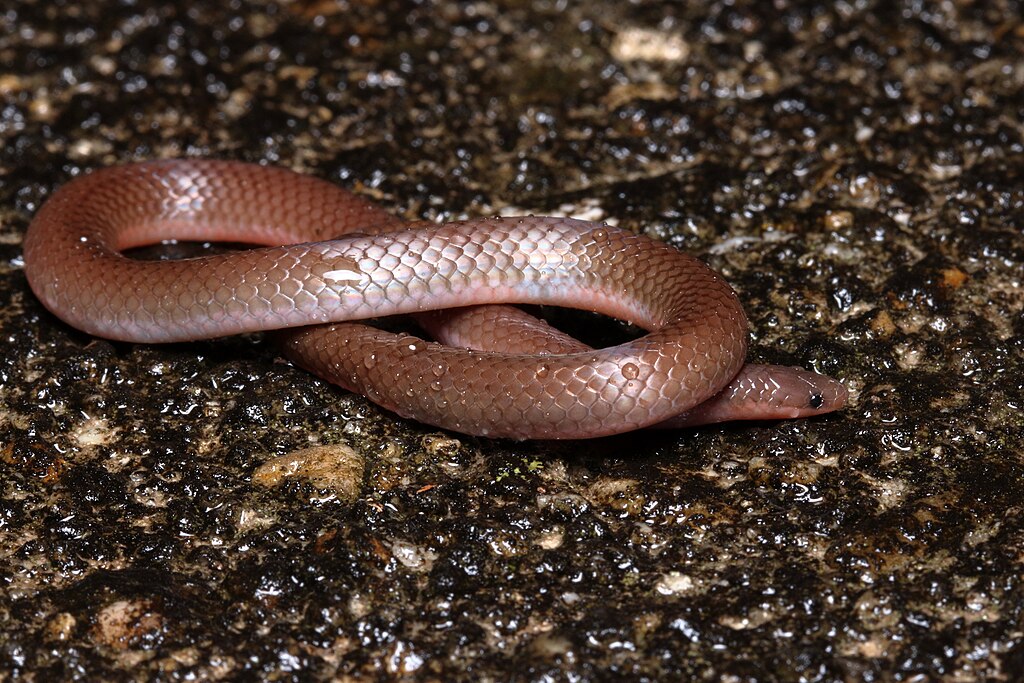
One of the most recognizable positions of a hunting snake is the characteristic coil formation, particularly common among vipers and rattlesnakes. This S-shaped or circular coil serves multiple purposes: it compresses the striking muscles, positions the head for optimal striking range, and minimizes the snake’s visible profile to potential prey. The head is typically positioned near the center of the coil or slightly elevated, allowing the snake to maintain awareness of its surroundings while remaining prepared to launch forward rapidly. Some species, like rattlesnakes, may position their rattle slightly elevated above the coil, ready to buzz a warning if disturbed. This coiled position represents a snake in a state of heightened alertness and readiness to strike, making it crucial to identify during outdoor activities.
Recognizing the Hunting Gaze
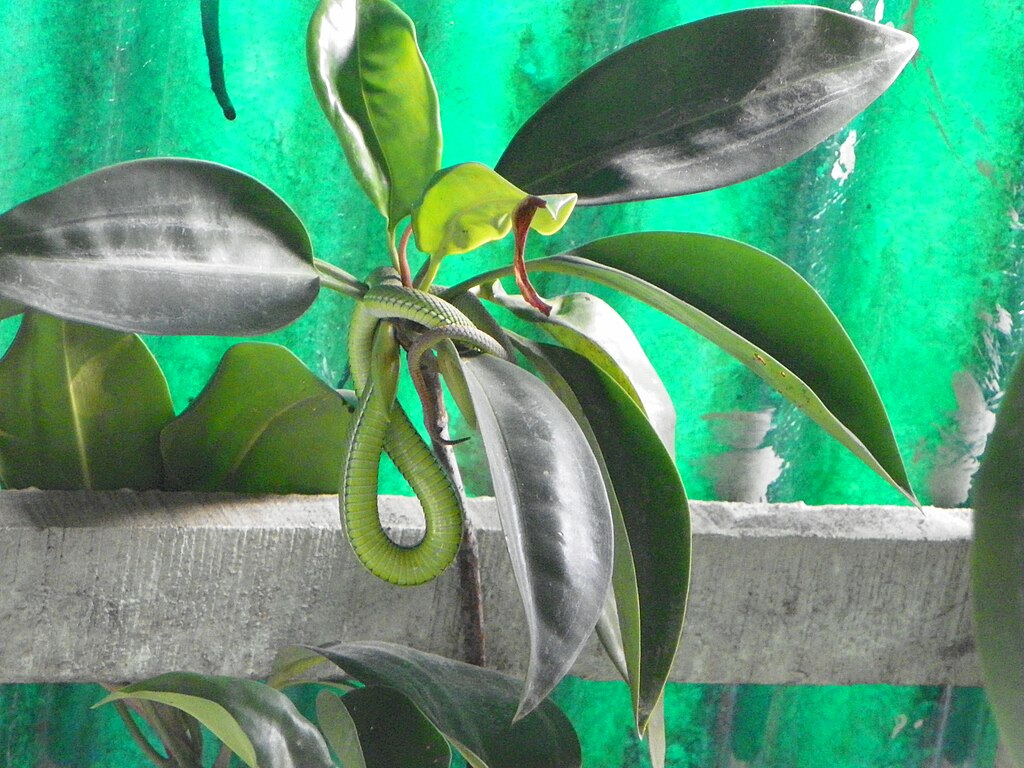
A hunting snake’s eyes often reveal its predatory intentions through a distinctive, unblinking stare. Unlike a resting snake that may have a more relaxed gaze or partially closed eyes, a snake in hunting mode exhibits intense focus, with eyes wide open and fixed on potential movement in its environment. This hunting gaze is particularly noticeable in pit vipers, whose eyes take on a particularly alert and intense appearance when they’ve detected prey. The pupils of the snake may also dilate differently depending on whether they’re in hunting mode or simply observing their surroundings. When you notice a snake with this fixed, unblinking stare, it’s a strong indicator that the animal is actively hunting and should be given a wide berth.
Body Alignment Toward Prey Pathways

Hunting snakes strategically position their bodies in relation to expected prey movement corridors. This deliberate alignment is observable in how the snake orients itself perpendicular to game trails, positions beside rodent burrow entrances, or situates near water sources where animals come to drink. The head of the snake will typically point toward the anticipated approach direction of prey, allowing for the most efficient strike when an opportunity presents itself. This positioning isn’t random—snakes learn the movement patterns of their prey through experience and select their ambush sites accordingly. By recognizing these deliberate body alignments in relation to environmental features, you can better identify a snake that’s actively hunting rather than simply passing through an area.
Spotting Subtle Tongue Flicking Patterns

A snake’s tongue serves as its primary sensory organ, collecting chemical particles from the air and transferring them to the Jacobson’s organ in the roof of the mouth for analysis. During hunting, the tongue flicking pattern becomes notably different from casual environmental sampling. A hunting snake will flick its tongue more rapidly and with greater purpose, often directing the tongue toward specific areas where prey scent might be strongest. This increased tongue flicking frequency can be a clear indicator of a snake in predatory mode even when the rest of its body remains perfectly still. The directionality of these tongue flicks often reveals where the snake’s attention is focused, potentially warning you about the direction it might strike if disturbed.
Identifying Camouflage Techniques

Hunting snakes rely heavily on their natural camouflage to remain undetected by both prey and potential threats, making them extraordinarily difficult to spot. Species like the gaboon viper possess intricate patterns that perfectly mimic forest floor debris, while rattlesnakes blend seamlessly with desert substrates. This camouflage is enhanced when the snake remains motionless, as even the slightest movement can break the visual illusion. Learning to identify the patterns and textures that might indicate a snake’s presence requires training your eyes to recognize unnatural symmetry or subtle color variations against the natural background. Some hunting snakes will partially bury themselves in leaf litter, sand, or soil, with only their heads exposed, further complicating detection.
Thermal Positioning Clues
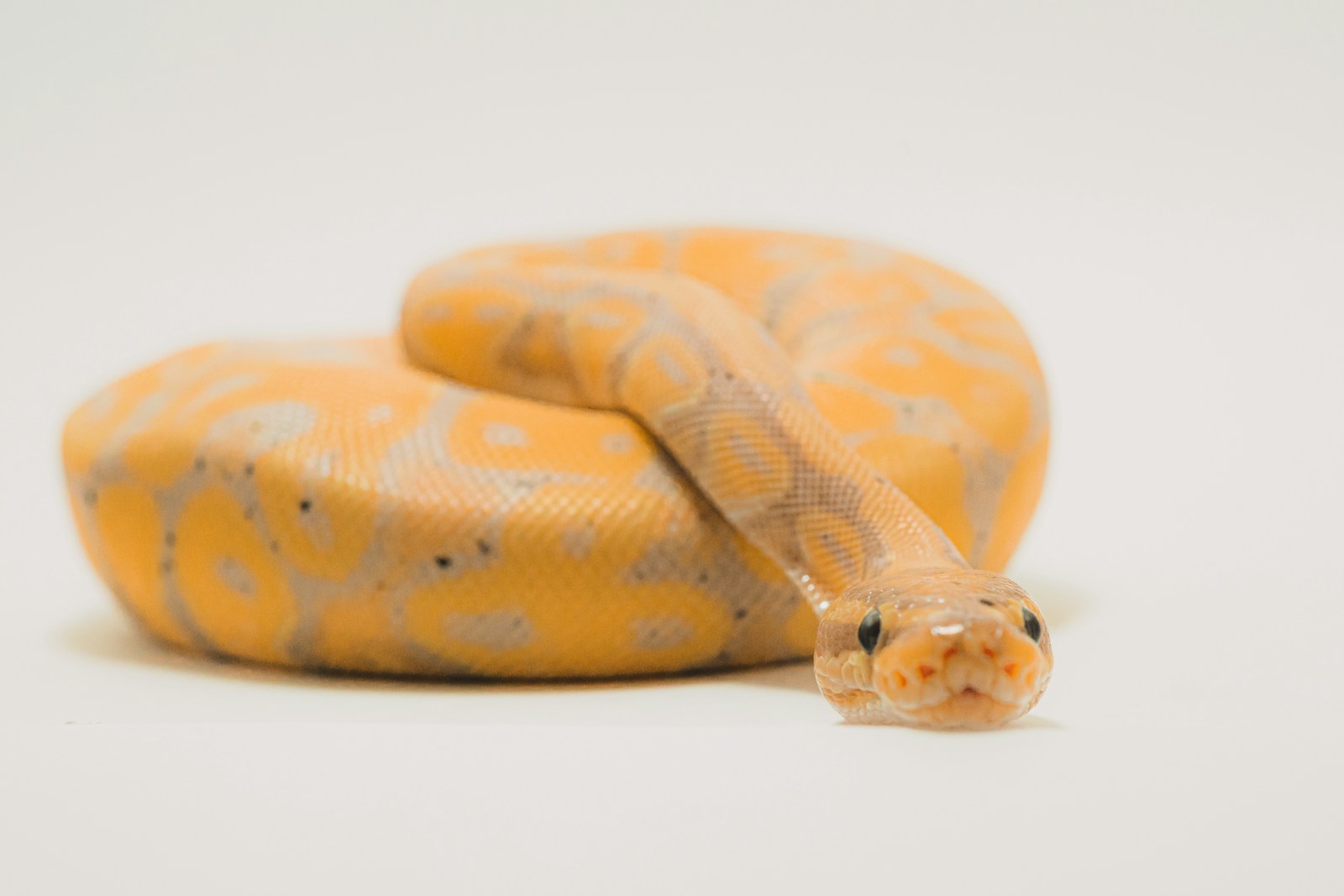
Snakes, being ectothermic (cold-blooded), must carefully manage their body temperature, a factor that influences their hunting position selection. During cooler morning hours, hunting snakes often position themselves in sunlit patches to warm while waiting for prey, while during intense midday heat, they may establish ambush points in shaded areas where prey animals seek relief from the sun. This thermal positioning creates a pattern you can learn to recognize—a suspicious coil in the single sunny spot of an otherwise shaded area might well be a snake warming itself while hunting. Understanding these thermal positioning strategies becomes particularly important during seasonal transitions when temperature fluctuations make snakes more active and potentially more dangerous.
Detecting Disturbed Ground Patterns
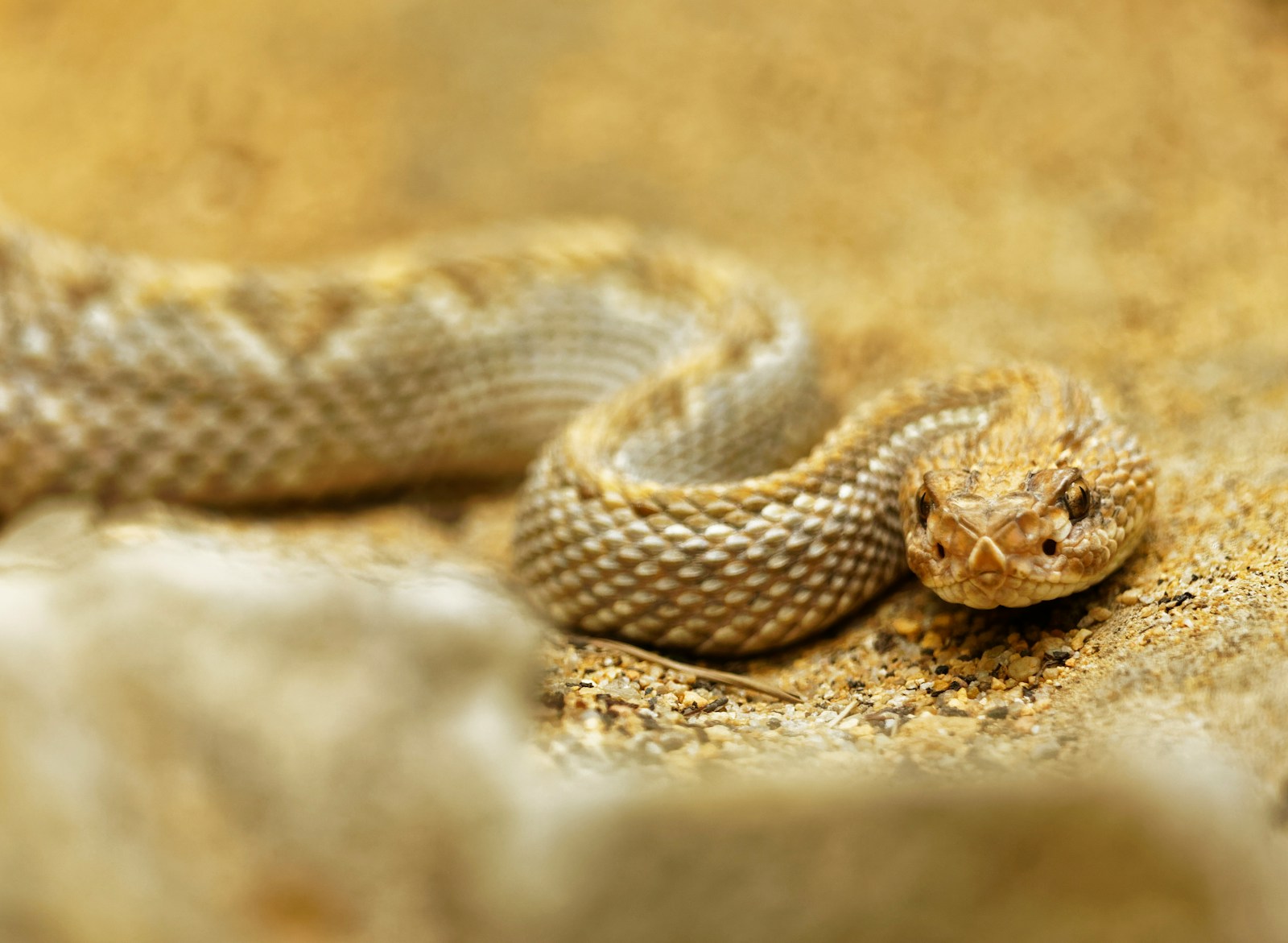
Even a perfectly still hunting snake will have left subtle evidence of its arrival in the form of disturbed substrate, compressed vegetation, or slight depressions in loose material. These ground disturbance patterns can serve as early warning signs of a snake’s presence before you actually spot the animal itself. Look for S-shaped impressions in sand, dirt, or leaf litter that indicate a snake’s recent passage to its current hunting position. Some species, particularly larger constrictors like pythons and boas, may leave more obvious compression patterns where they’ve settled into their ambush position. Fresh disturbances without visible animal presence should raise immediate suspicion when traveling through snake-inhabited areas.
Reading Environmental Reactions

Nature often provides warning signals about a hunting snake’s presence through the behavior of other animals in the vicinity. Birds may exhibit alarm calls or agitated movements when they detect a snake, while small mammals might give wide berth to certain areas or display heightened vigilance. Even insects can indicate a snake’s presence—sudden silences in cricket or frog calls might signal a nearby predator. These environmental reactions can alert the observant outdoor enthusiast to potential danger before visual confirmation of the snake. Learning to interpret these natural warning systems adds another layer to your snake-spotting abilities and can be particularly valuable in dense vegetation where visual detection is challenging.
Understanding Species-Specific Hunting Postures
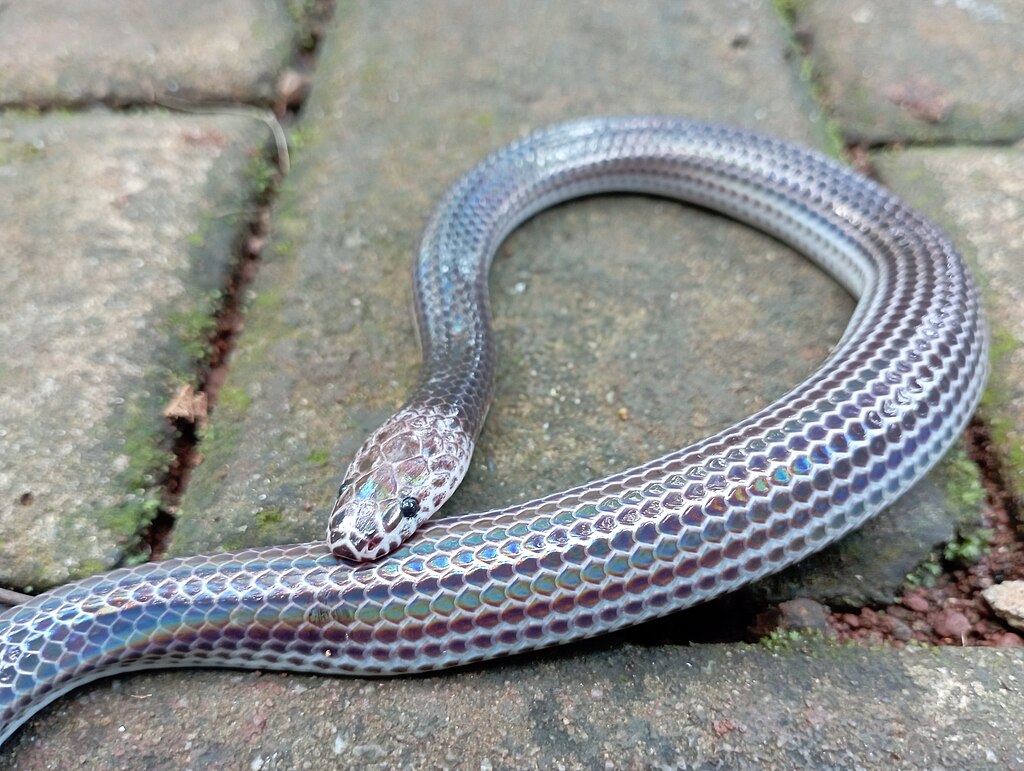
Different snake species adopt distinctive hunting postures that reflect their evolutionary adaptations and preferred prey capture methods. Rattlesnakes typically form a tight coil with head elevated slightly and rattle positioned for warning, while water moccasins often rest with their bodies partially submerged but heads above water, creating a characteristic silhouette. Pythons and boas may drape themselves over tree branches in a zigzag pattern when hunting arboreal prey, maintaining strategic anchor points with their bodies while positioning their heads for a downward strike. Cobras and mambas frequently adopt a more linear ambush position, stretching along branches or ground cover with minimal coiling. Familiarizing yourself with the hunting postures of snakes native to your region significantly improves your chances of early detection.
Recognizing Hunting Locations and Timing
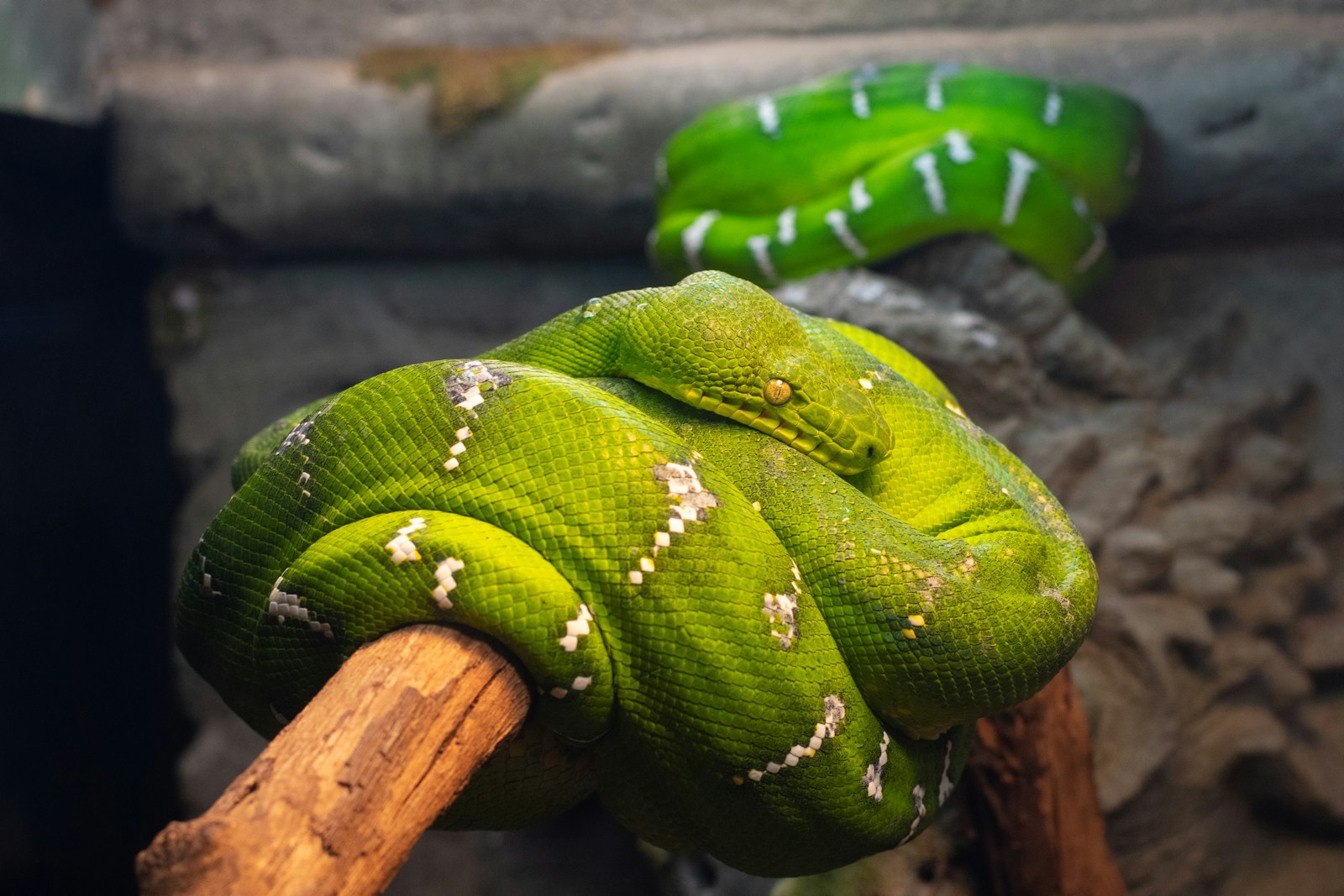
Hunting snakes select their ambush locations based on detailed environmental knowledge and prey movement patterns, creating predictable high-probability zones for encounters. Areas where habitats meet—forest edges, shorelines, trail margins, and the boundaries between open fields and brushy cover—frequently serve as prime hunting locations due to increased prey movement through these transition zones. Temporal patterns also influence hunting behavior, with many species becoming most active during dawn and dusk when prey animals are similarly active. Seasonal patterns further influence hunting locations, with snakes often concentrating near water sources during dry periods or seeking elevated hunting perches during seasonal flooding. Understanding these spatial and temporal patterns allows for heightened awareness when passing through high-probability hunting zones.
Using Tools and Technology for Detection
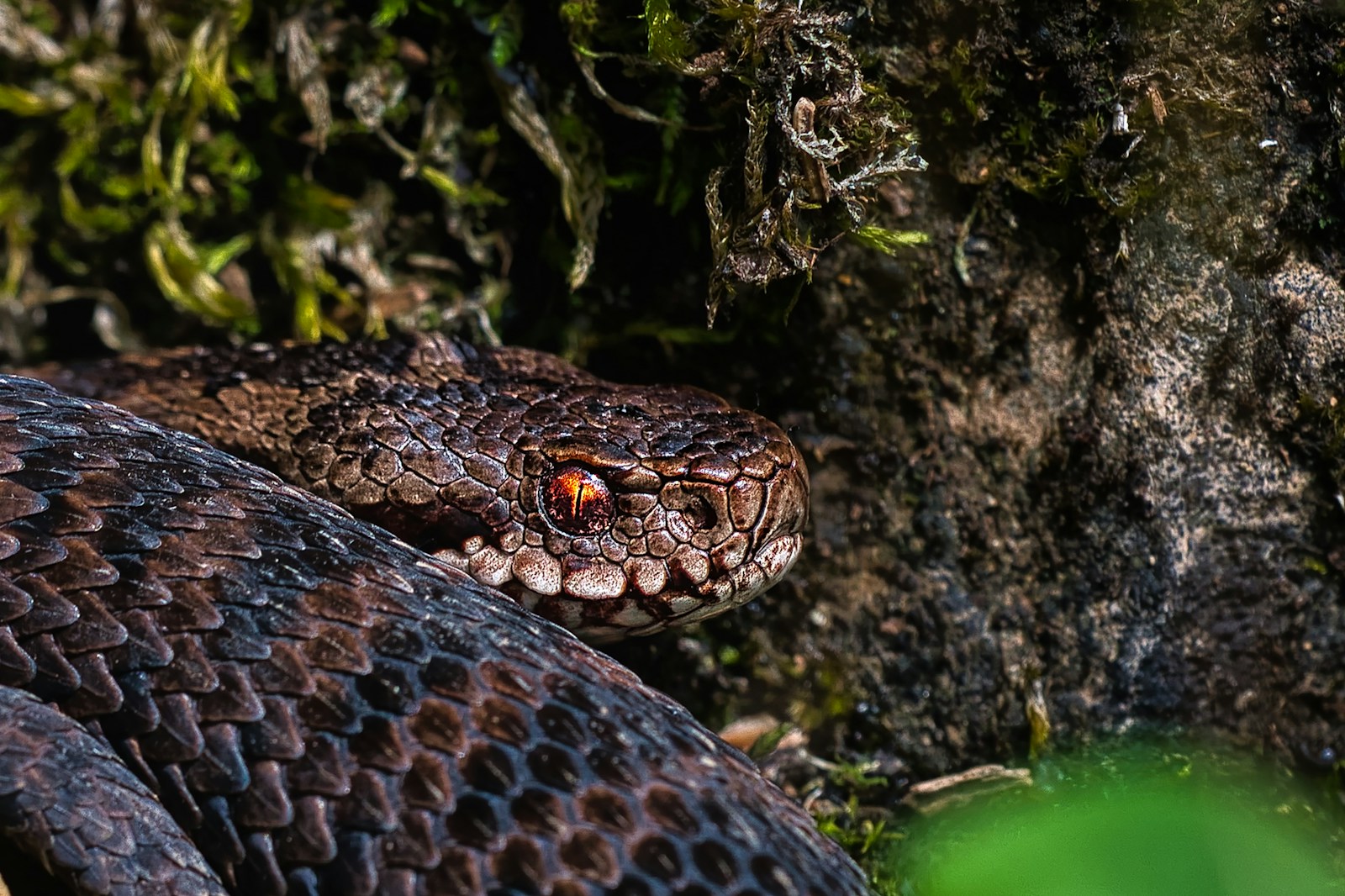
Modern technology offers additional options for detecting hunting snakes beyond traditional visual observation. Thermal imaging devices can reveal a snake’s heat signature against cooler backgrounds, particularly effective during early mornings or evenings when temperature differentials are greatest. Polarized sunglasses significantly reduce glare and enhance contrast, making camouflaged snakes more visible against natural backgrounds. Walking sticks or trekking poles can be used to gently probe suspicious areas before stepping, creating ground vibrations that might prompt a hidden snake to move or rattle. For professional researchers or wildlife management personnel, specialized snake hooks and transparent snake tubes provide safe methods for confirming and handling discovered specimens without risk of injury to either the handler or the animal.
Safety Protocols When a Hunting Snake is Spotted
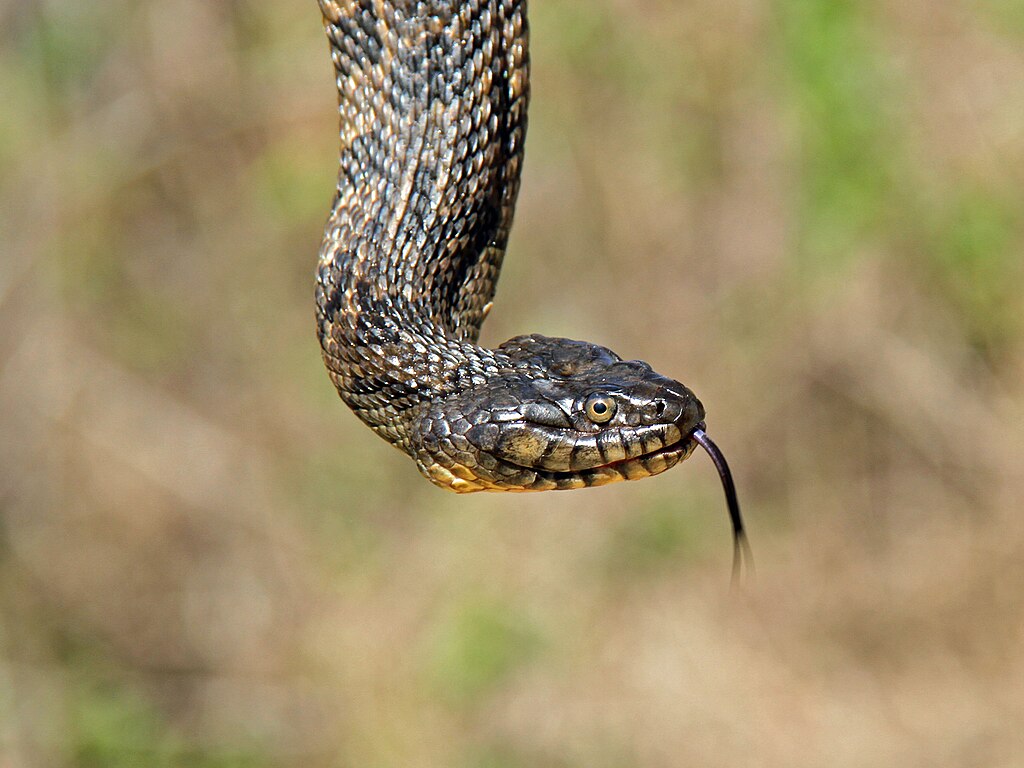
Encountering a hunting snake requires immediate implementation of appropriate safety protocols to prevent dangerous interactions. The first rule is to freeze momentarily upon detection, assessing the situation without making sudden movements that might trigger the snake’s defensive response. Slowly backing away is the safest response, maintaining visual contact with the snake while creating distance of at least two snake-lengths. Never attempt to handle, photograph at close range, or otherwise interact with a hunting snake, as they are in a heightened state of alertness and more likely to strike if approached. If traveling with others, calmly alert them to the snake’s presence without shouting or making dramatic gestures that could startle either the snake or your companions. Remember that most snake bites occur when people attempt to kill, capture, or harass snakes—giving them space is almost always the safest option.
The ability to spot a snake that’s hunting in stillness represents an important outdoor skill that combines observation, knowledge of natural history, and situational awareness. By learning to recognize the subtle cues—from body positioning and tongue flicking to environmental reactions and species-specific behaviors—you enhance not only your safety but also your appreciation for these remarkable predators. Snakes play vital ecological roles in controlling rodent populations and maintaining balanced ecosystems, deserving our respect even as we exercise appropriate caution. Rather than approaching wildlife encounters with fear, developing these observation skills allows for safe coexistence and deeper connection with the natural world around us. The next time you venture into snake country, remember that the seemingly empty landscape may contain perfectly camouflaged predators waiting in plain sight—if you know how to look.





